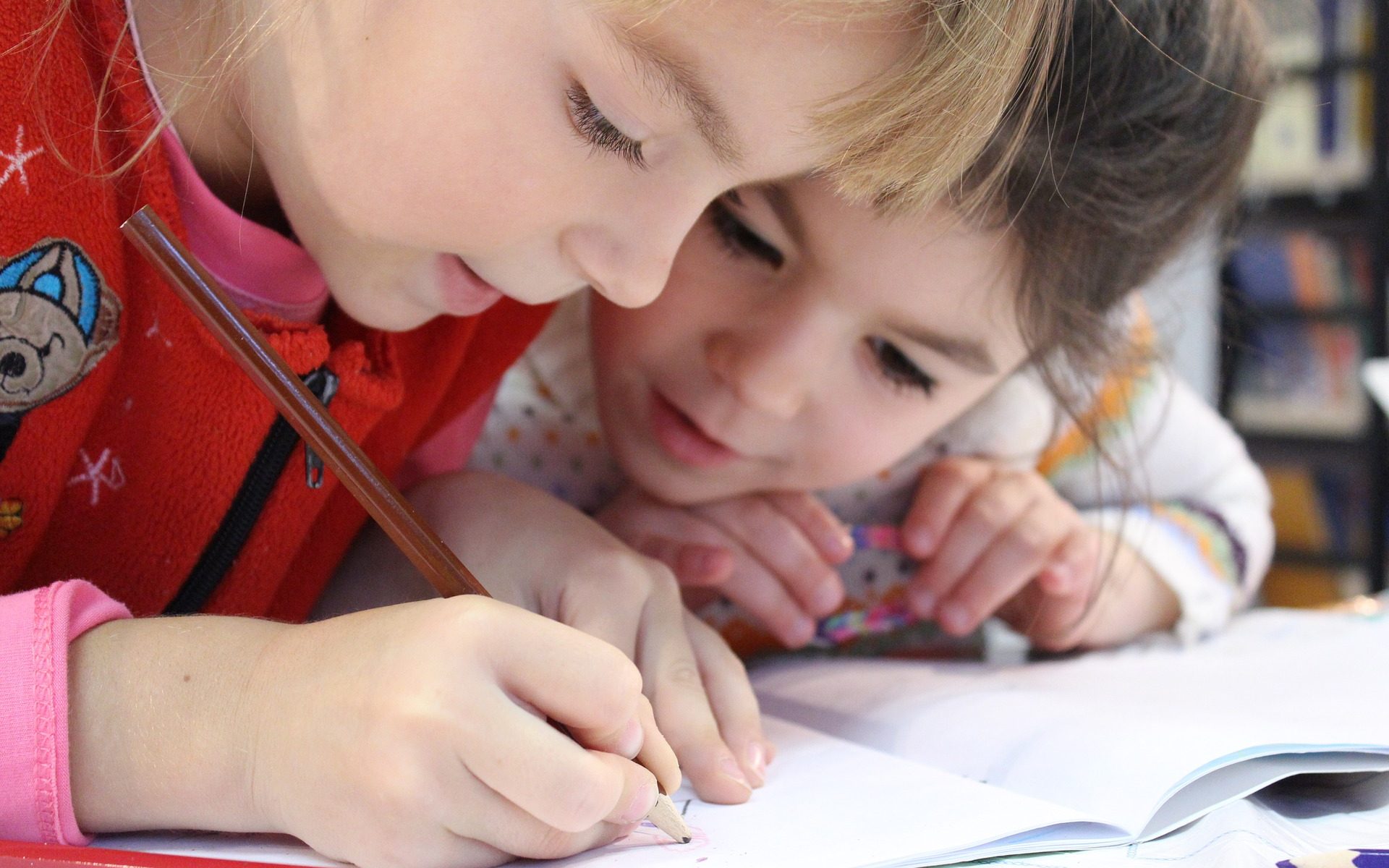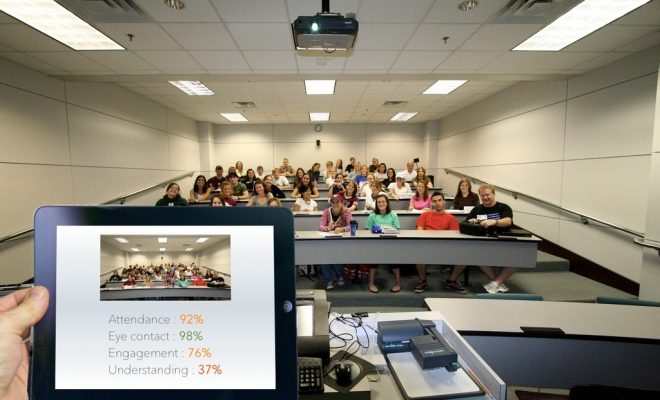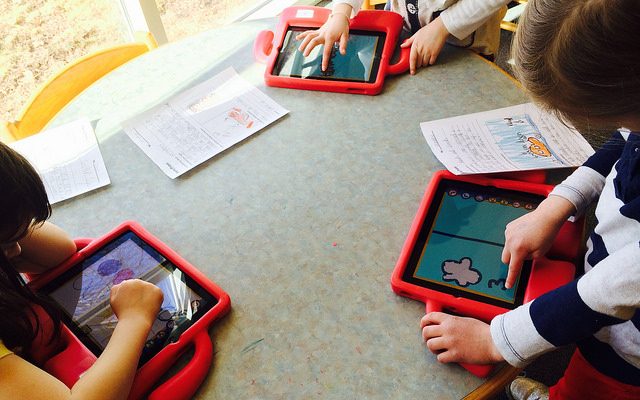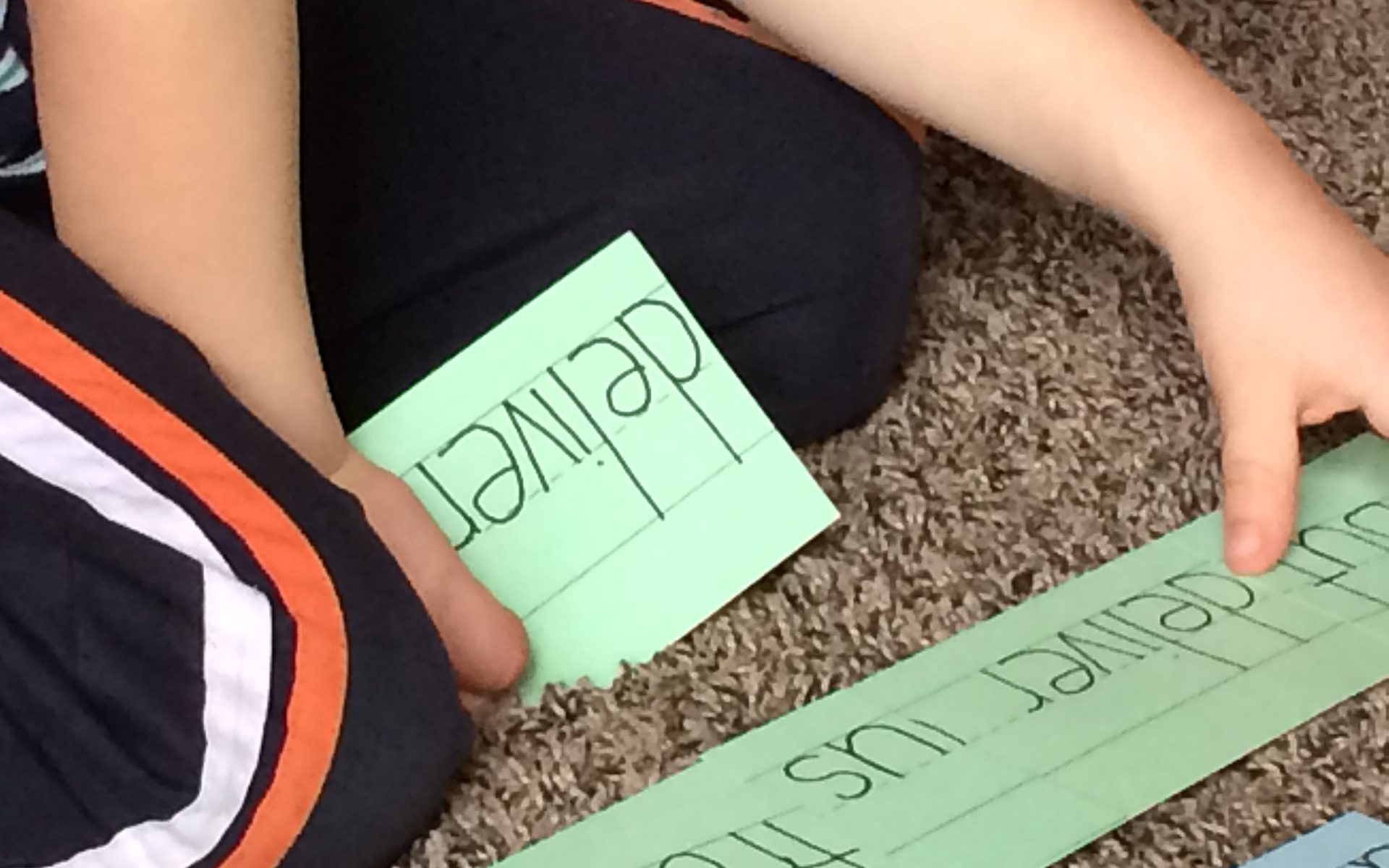So much of the discussion surrounding educational technology centers on elementary, middle, and high school students. Technology is a great way to engage students not only in the curricular content of a class, but also in the world around them. Social media, especially, connects students to their communities and helps them see the impact of their and others’ actions on the world at large. Higher education, therefore, tends to be largely ignored in the tech discussions. And yet students at the post-secondary level can also greatly benefit from being plugged into educational technology. Here are ten essential edtech resources for …
Continue reading “10 EdTech Resources for College Students and Professors”








